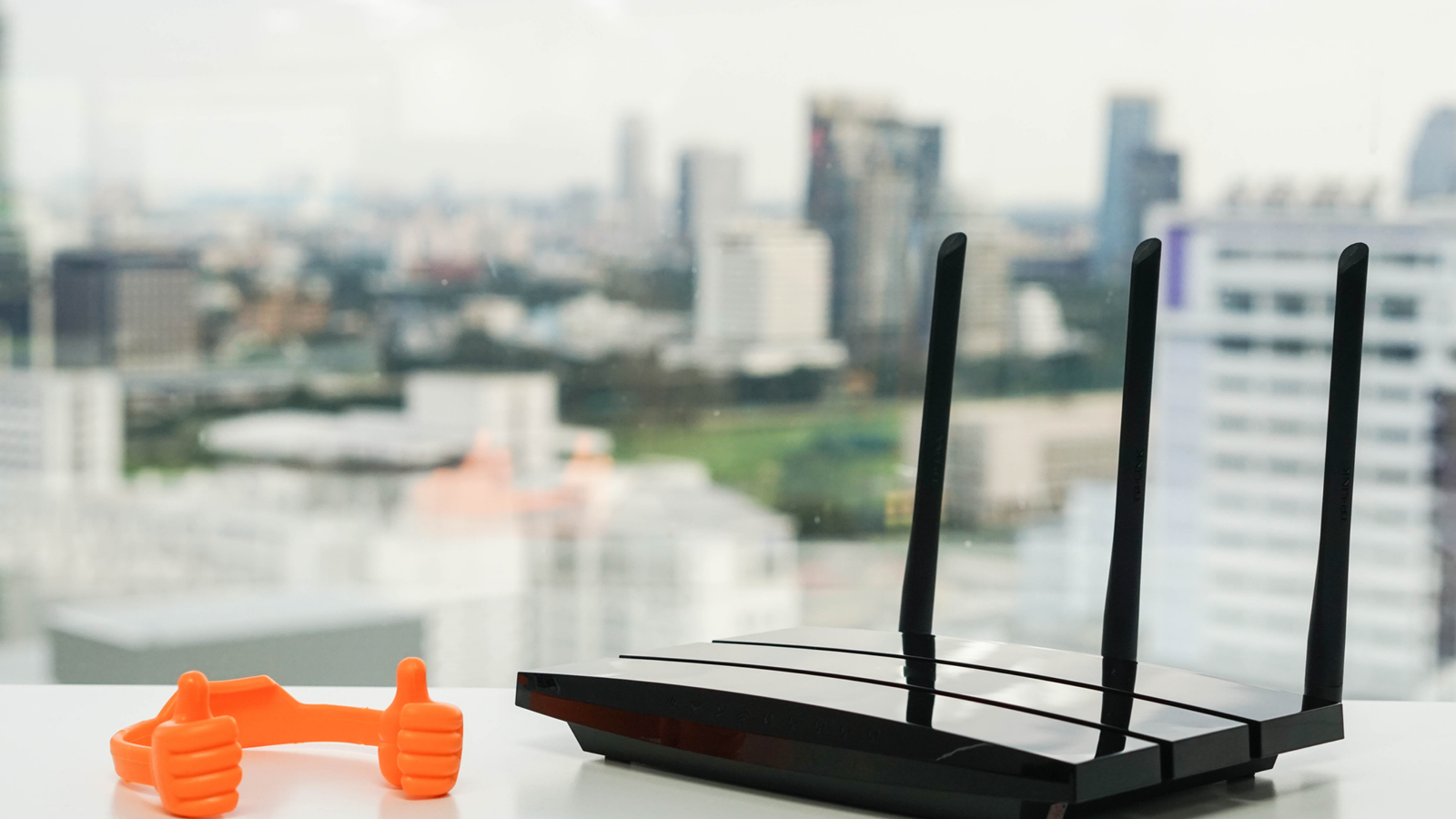In today’s hyper-connected world, network reliability is non-negotiable. Whether for businesses, ISPs, or home users, downtime means lost productivity, revenue, and customer trust. While much attention is given to core network infrastructure, Customer Premises Equipment (CPE) hardware plays a pivotal—yet often overlooked—role in ensuring seamless connectivity.
From modems and routers to ONTs (Optical Network Terminals) and gateways, CPE hardware is the final link between service providers and end-users. Poor-quality or misconfigured CPE devices can cripple even the most robust networks. This article explores how CPE hardware influences network reliability, what makes high-quality CPE devices stand out, and best practices for optimizing performance.
Why CPE Hardware Matters for Network Reliability
CPE hardware sits at the edge of the network, directly interfacing with end-user devices. Its performance affects:
- Connection Stability – Frequent disconnections or latency spikes often trace back to faulty CPE devices.
- Speed and Throughput – Outdated or low-grade hardware can bottleneck high-speed internet plans.
- Security – Weak firmware or lack of updates exposes networks to cyber threats.
- Service Provider Reputation – ISPs often face blame for issues stemming from subpar CPE devices.
A study by FCC Broadband Reports found that over 30% of connectivity issues originate from CPE hardware failures, highlighting its critical role in network performance.
Key Factors That Determine CPE Hardware Reliability
Not all CPE devices are created equal. The following factors separate high-performance hardware from problematic ones:
1. Hardware Quality & Build
- Enterprise-grade vs. consumer-grade – Business-class routers/modems have better heat dissipation, superior chipsets, and longer lifespans.
- Processor & Memory – Underpowered CPUs struggle with high traffic, leading to crashes.
- Thermal Management – Overheating is a leading cause of hardware failure.
2. Firmware & Software Optimization
- Regular Updates – Manufacturers that provide frequent firmware patches ensure security and performance improvements.
- Bug Fixes – Poorly optimized firmware can cause memory leaks or random reboots.
- Feature Support – Modern protocols (Wi-Fi 6, DOCSIS 3.1, GPON) require compatible firmware.
3. Compatibility with Service Provider Networks
- ISP Certification – Some ISPs lock networks to approved CPE models to prevent compatibility issues.
- Protocol Support – Mismatched DSL/VDSL, fiber, or cable standards degrade performance.
4. Security Features
- Firewall & Encryption – Weak security exposes networks to DDoS attacks and breaches.
- Remote Management Risks – Some ISPs remotely manage CPE devices, which can introduce vulnerabilities if not secured properly.
5. Environmental Resilience
- Temperature & Humidity Tolerance – Outdoor CPE devices (e.g., ONTs) must withstand harsh conditions.
- Power Surge Protection – Uninterrupted power supply (UPS) compatibility prevents damage from electrical fluctuations.
Common CPE-Related Network Issues & How to Fix Them
1. Frequent Disconnections
- Cause: Overheating, outdated firmware, or ISP incompatibility.
- Fix: Ensure proper ventilation, update firmware, or replace with ISP-recommended hardware.
2. Slow Speeds Despite High-Speed Plans
- Cause: Bottlenecking from low-end hardware (e.g., single-core processor).
- Fix: Upgrade to a multi-core, high-throughput modem/router.
3. Wi-Fi Dead Zones
- Cause: Weak antennas or poor placement.
- Fix: Use mesh Wi-Fi systems or high-gain antennas.
4. Security Breaches
- Cause: Default passwords, unpatched vulnerabilities.
- Fix: Change default credentials, enable automatic updates.
Best Practices for Maximizing CPE Reliability
- Choose ISP-Certified Hardware – Avoid third-party devices unless explicitly approved.
- Prioritize Enterprise-Grade Devices – For businesses, invest in carrier-class CPE.
- Schedule Firmware Updates – Automate updates where possible.
- Monitor Performance – Use network monitoring tools to detect early failures.
- Ensure Proper Ventilation – Prevent overheating-related crashes.
Future Trends in CPE Hardware
As networks evolve, so does CPE technology:
- Wi-Fi 7 Adoption – Expected to reduce latency and improve multi-device handling.
- AI-Driven Optimization – Predictive maintenance and self-healing networks.
- Enhanced Security – Zero-trust frameworks and hardware-level encryption.
Conclusion
CPE hardware is the unsung hero (or silent saboteur) of network reliability. Investing in high-quality, well-maintained devices ensures seamless connectivity, security, and customer satisfaction. ISPs and end-users alike must prioritize CPE performance to avoid preventable downtime.
By understanding the impact of CPE hardware and implementing best practices, businesses and service providers can significantly enhance network reliability—keeping users connected and productive.
